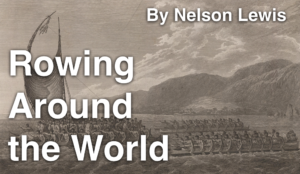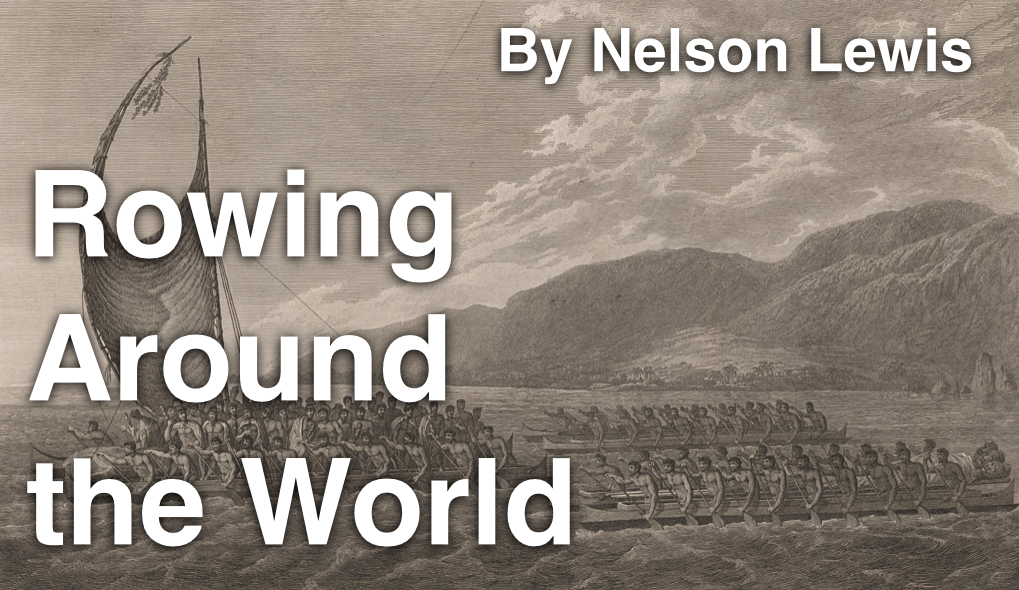 Some 3,000 years ago, migrants out of Taiwan left in large boats to make their homes in the islands of the Pacific: New Zealand, Samoa, Tonga, Hawaii and Tahiti, to name a few. Their descendants multiplied, and thus the Polynesian race was born. Back in 2014, a group of Hawaiians departed their native island in a traditional Hawaiian deep-sea canoe, modeled after those that their ancestors used thousands of years earlier. Their goal has been to bring attention both to our oceans and the culture of the crew members’ native Hawaiian culture. The boat, Hokule’a, made its way into New York’s harbor on Wednesday for World Oceans Day, where the crew was welcomed by UN Secretary General Ban Ki-moon.
Some 3,000 years ago, migrants out of Taiwan left in large boats to make their homes in the islands of the Pacific: New Zealand, Samoa, Tonga, Hawaii and Tahiti, to name a few. Their descendants multiplied, and thus the Polynesian race was born. Back in 2014, a group of Hawaiians departed their native island in a traditional Hawaiian deep-sea canoe, modeled after those that their ancestors used thousands of years earlier. Their goal has been to bring attention both to our oceans and the culture of the crew members’ native Hawaiian culture. The boat, Hokule’a, made its way into New York’s harbor on Wednesday for World Oceans Day, where the crew was welcomed by UN Secretary General Ban Ki-moon.
The name of the ship means “star of gladness” in Hawaiian, and the navigator Nainoa Thompson has called the ship “the vehicle of our [Polynesian] ancestors”. The 41 year-old canoe has stopped in about 65 ports in 14 countries since the start of its voyage, but this marks its first visit to New York City. The crew wants to build awareness about what they value, namely their Polynesian legacy and the oceans. Instead of using modern navigation charts, the crew has been using mainly the sun, stars, ocean waves and cloud movement to navigate from port to port. So far more than 200 volunteer crewmembers have rotated through the 12-crew canoe, most of them committing to five-week stints. While the crew typically uses nature to navigate its way around the world, they’ve also been using instruments to navigate more complicated places, such as New York City and the Great Barrier Reef.
Since setting sail two years ago, the crew has visited French Polynesia, the Cook Islands, Samoa, American Samoa, Australia, Indonesia, Mozambique and South Africa. Later this year, they plan to visit Brazil, Cuba and Washington as well. In the upcoming year, their agenda will include Panama, Costa Rica, the Galapagos and Tahiti.
When you read in a history book about various things that were done in the past, it can be easy to trivialize their value, or not realize how monumental they truly were. For a group of tribesmen from Taiwan, who had probably never been beyond their native island, to get into canoes to traverse the largest ocean in the world and colonize the islands there, is an astounding accomplishment that is almost impossible for modern humans to comprehend. This voyage offers a perspective as to what these ancient people had done, helping us better understand the history that makes us.
